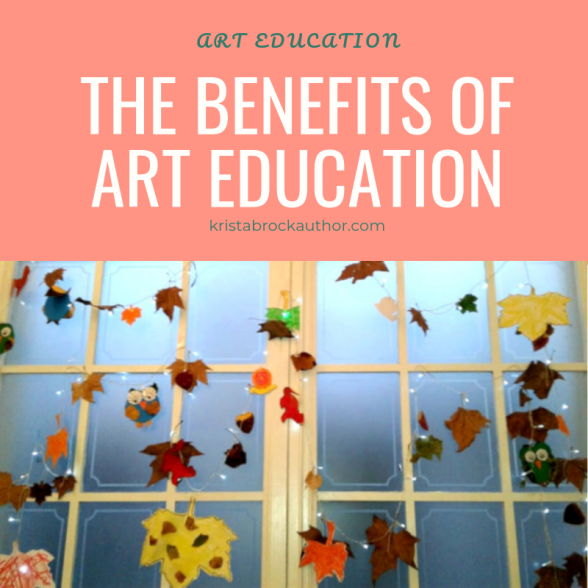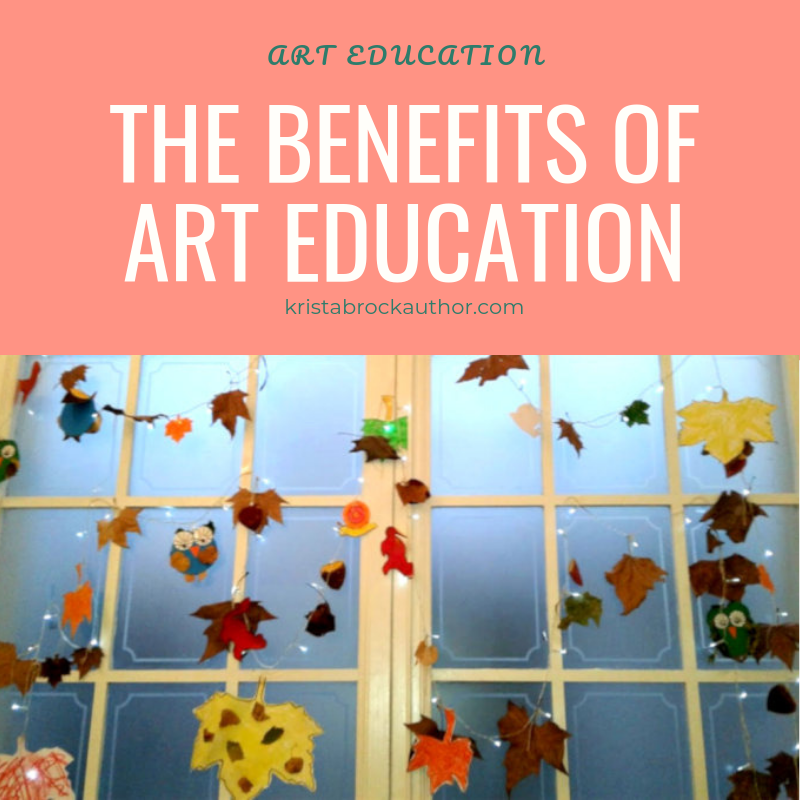
Art Education Is on the Decline
Art education has been on the decline for years in U.S. schools, even though most Americans say they believe in the benefits of art education.
In 2008, just 49.5 percent of 18-year-olds reported receiving “any art education in childhood,” which is down from 64.6 percent in 1982, according to a report from the National Endowment for the Arts. This is occurring despite the fact that a large majority—88 percent—of Americans said they believe the arts are part of a well-rounded education, according to a 2016 survey.
One School System Experiments with Art Education
Houston has taken a stand for the importance of art education with the Houston Arts Access Initiative, a program available over the past two years at 21 schools in the area. The program incorporates “enriching arts educational experiences across dance, music, theater, and visual arts disciplines,” according to researchers who studied the effects of the program.
For example, at one elementary school, students watched a musical puppet show portraying the negative impacts of bullying. Students also took part in dance classes and went on arts-related field trips.
Researchers Brian Kisida, assistant professor at the Truman School of Public Affairs at the University of Missouri, and Daniel H. Brown, assistant professor at Texas A&M’s College of Education and Human Development, observed the program and reported their findings on the Brown Center Chalkboard. They reported several benefits of art education in schools.

Uncovering the Benefits of Art Education
The benefits of art education are plentiful.
“We find that a substantial increase in arts education experiences has remarkable impacts on students’ academic, social, and emotional outcomes,” the researchers wrote.
If this is the case, then, we might wonder why art education continues to decline, why there is not more emphasis on the arts in today’s curriculum.
Part of the reason may be that the studies and data on the benefits of art education are rare and sometimes a bit murky. The researchers say there is “a remarkable lack of large-scale experimental studies that investigate the educational impacts of the arts.”
Generally, educational achievement is measured by math and reading test scores. Unfortunately, the arts may not translate directly to higher test scores. The researchers say they did not determine “significant impacts” on math, reading, science, or attendance scores.
The benefits of art education in schools include:
- Fewer disciplinary actions
- Higher writing scores
- Increased compassion among students
- Heightened engagement in school
When comparing the schools participating in Houston Arts Access Initiative, the study revealed lower disciplinary infractions, by 3.6 percentage points. While math and reading scores did not fluctuate in any material way, writing scores on the other hand improved, with “an improvement of 13 percent of a standard deviation” in writing test scores.
While admittedly difficult to measure, the study reported “an increase of 8 percent of a standard deviation in their compassion for others.” This was determined by gauging students’ interest in how other people feel and their level of interest in helping “people who are treated badly.”
Lastly those who took part in Houston’s art program were more likely to be engaged in school. The students considered their school work more enjoyable and more interesting and said their school work “makes them think about things in new ways.”
After observing the Houston program, the researchers said, “There are strong reasons to suspect that engagement in arts education can improve school climate, empower students with a sense of purpose and ownership, and enhance mutual respect for their teachers and peers.” Arts education can “produce significant positive impacts on academic and social development,” they said, adding that, “This mission is critical in a time of heightened intolerance and pressing threats to our core domestic values.”
While art education may not directly lead to significantly higher scores in math and science (although it is also important to note that these scores did not decline alongside an increased emphasis on the arts), it is clear there are strong and even measurable benefits to exposure to and engagement in the arts.


Hi Krista, I am William Tan. Thank you for being supportive of my blogposts. I am grateful.
LikeLiked by 1 person
Hi William. You’re very welcome. I enjoy reading about your experiences with your children. Thank you for visiting and supporting my blog as well!
LikeLiked by 1 person
Give me your email address or WhatsApp if u can. Happy to exchange more thoughts and tips about parenting and blogging with you.
LikeLike
This topic on the benefits of Arts Education is so real.. I m lousy in this area too.. so I try to make up with humanities like philosophy and poetry with my kids. I hope you can share how parents like me can do more.
LikeLike
Thank you for your comment and for the encouragement. I will definitely work on some posts about how parents can share more art and artistic activities with their children. Maybe I can learn from you how to share philosophy with mine!
LikeLiked by 1 person